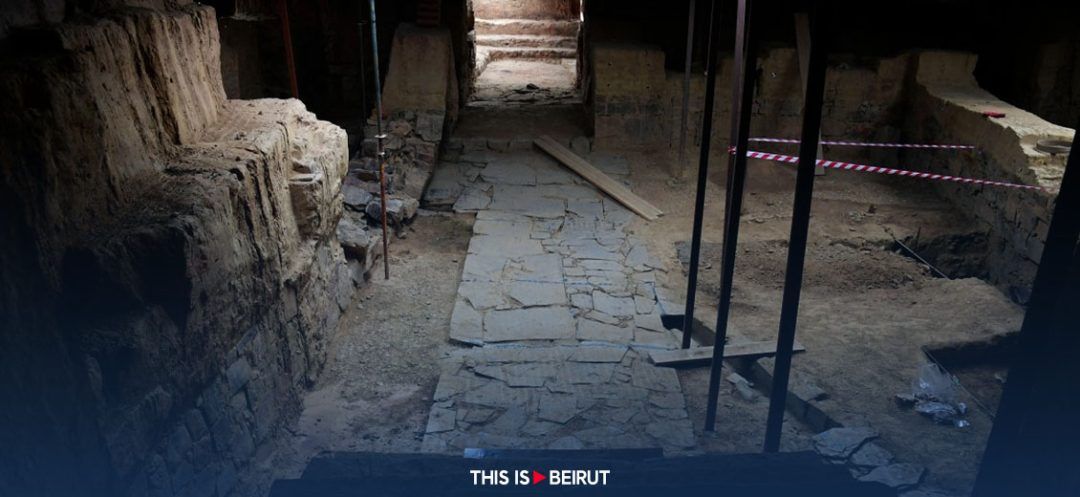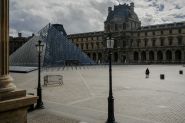
Spanish archaeologists are gradually unveiling the secrets of the Tartessian civilization, the oldest in Western Europe, which disappeared more than 2,400 years ago.
The Tartessians, an enigmatic civilization that thrived between the 9th and 5th centuries BC in the southwest of the Iberian Peninsula, have long intrigued historians and archaeologists. Mentioned by ancient authors such as Herodotus and Pliny the Elder, this civilization has been the subject of many theories, some outlandish, due to contradictory descriptions that alternately depict it as a city, a kingdom, a river or a body of water. Some have even linked it to the legendary Atlantis.
However, thanks to the tireless work of a handful of archaeologists, the pieces of the puzzle are beginning to come together, slowly revealing the secrets of this fascinating civilization. Excavations carried out over several years at various sites, including Casas del Turuñuelo, La Mata and Cancho Roano, have unearthed exceptional remains that testify to the wealth and ingenuity of the Tartessians.
Among the most striking discoveries are five sculptures of faces, two adorned with sumptuous earrings, unearthed last year at Casas del Turuñuelo. These human figures, the first ever found in connection with the Tartessian world, have sparked keen interest among historians. Their remarkable state of preservation has allowed researchers to study the ancient sanctuary in detail, thus providing a unique glimpse into the culture and beliefs of this civilization.
The excavations have also revealed that the Tartessians mastered elaborate construction techniques. Their buildings, made of stone and mudbrick, demonstrate advanced architectural skills for the time. The prosperity of this civilization was largely due to the region’s metal resources, highly prized by the Greeks and Phoenicians with whom they traded.
[gallery size="large" ids="249798,249799,249800"]
The site of Cancho Roano, discovered by accident in 1978, perfectly illustrates the richness and complexity of Tartessian culture. This monumental complex of 500 square meters, built in the 6th century BC, houses three stone temples built successively on the ruins of the previous one, all oriented towards the rising sun. This sanctuary had a dual function, both religious and commercial, as evidenced by the numerous precious objects found within its walls: bronze figurines, gold jewelry, marble plaques and ceramic pieces, sometimes imported from Greece.
One peculiar aspect of the Tartessian sites is their exceptional state of preservation, which is due to a strange practice: the deliberate burial of sanctuaries. Around 400 BC, the date at which this civilization is believed to have ended, the Tartessians set fire to their places of worship, sacrificed animals and then covered the complex with a thick layer of soil. This mysterious rite helped to seal the remains, thus preserving them from the ravages of time.
Despite significant advances in recent years, many questions remain about the sudden disappearance of the Tartessians. Several hypotheses have been proposed, such as severe droughts or recurrent floods that would have rendered the lands uncultivable, driving the inhabitants to exodus. However, in the absence of decipherable written sources—the Tartessians had a script based on the Phoenician alphabet, but no one has yet managed to decode it—historians are left with mere suppositions.
The meticulous work of archaeologists has shed light on many aspects of Tartessian civilization, debunking the myths and outlandish theories that surrounded it. However, as Sebastián Celestino, director of the Casas del Turuñuelo excavations, points out, “Knowledge is progressing, but there is still much to learn.” Undoubtedly, future research will further unravel the secrets of this fascinating civilization, the oldest in Western Europe, which continues to astonish us.
With AFP
Read more




Comments